#łęczyca
Text









various folk sculptures of the Devil Boruta from the Łęczyca Castle Museum
12 notes
·
View notes
Text

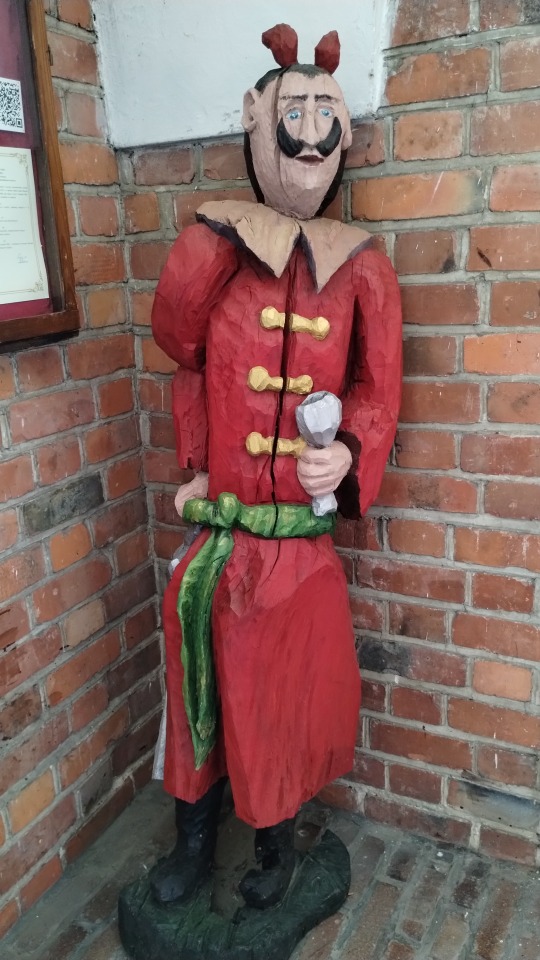
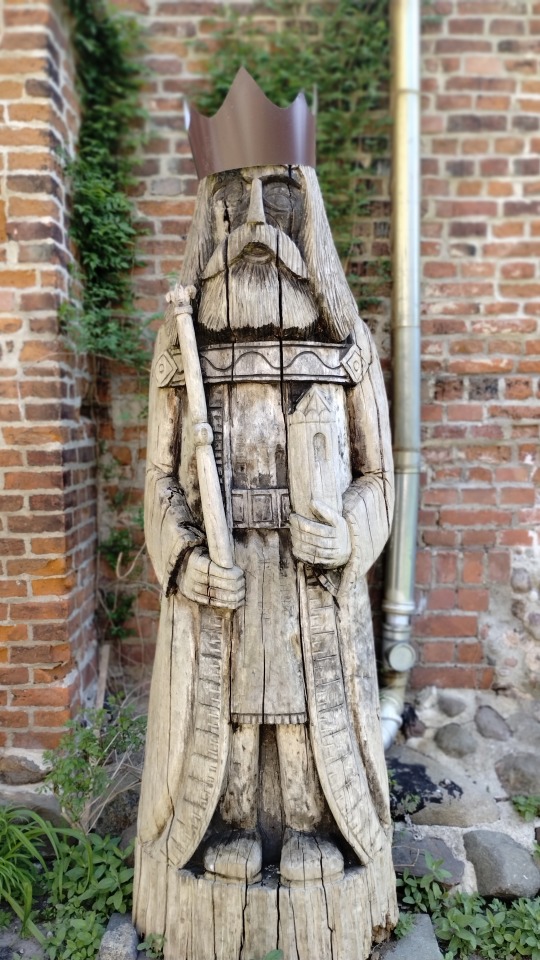
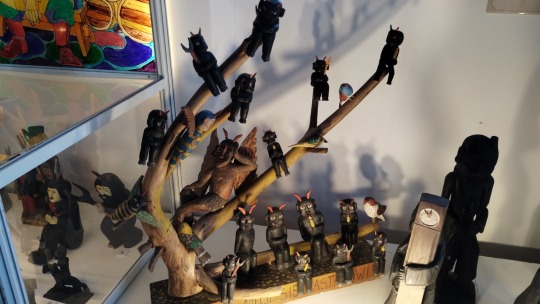


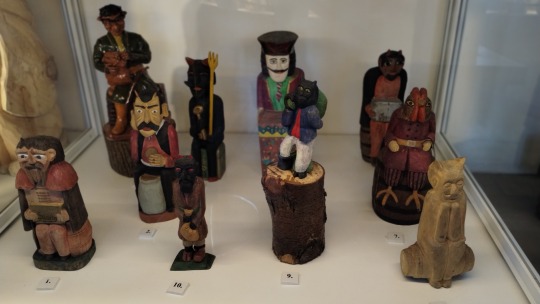

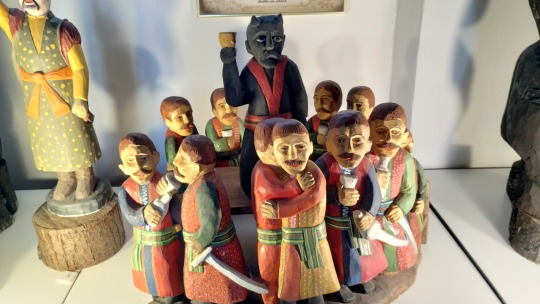
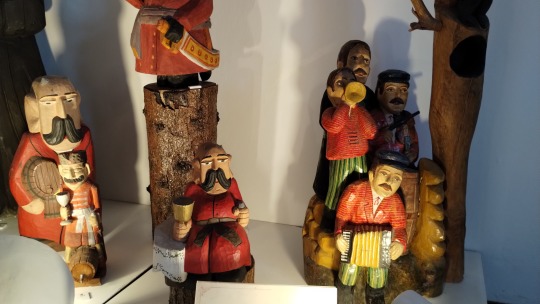

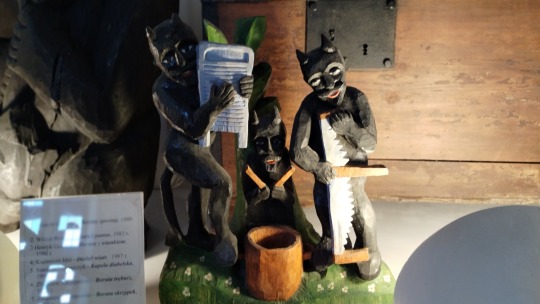
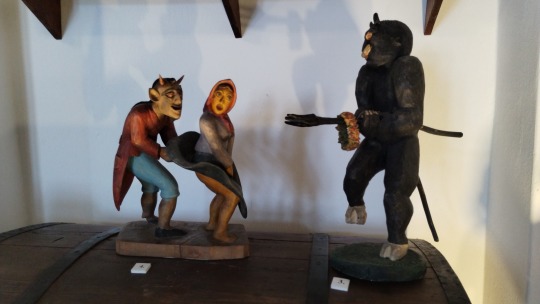




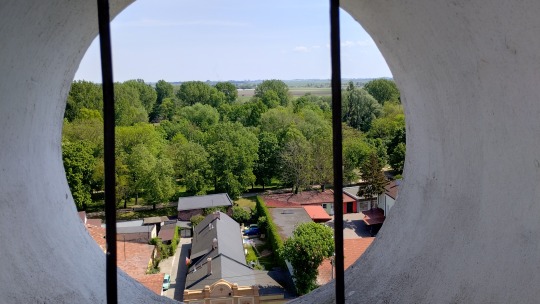

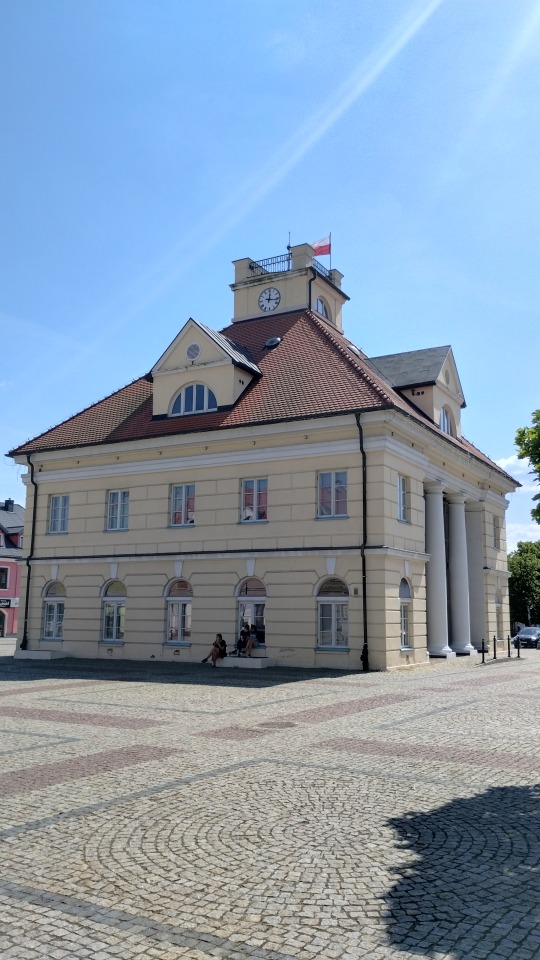



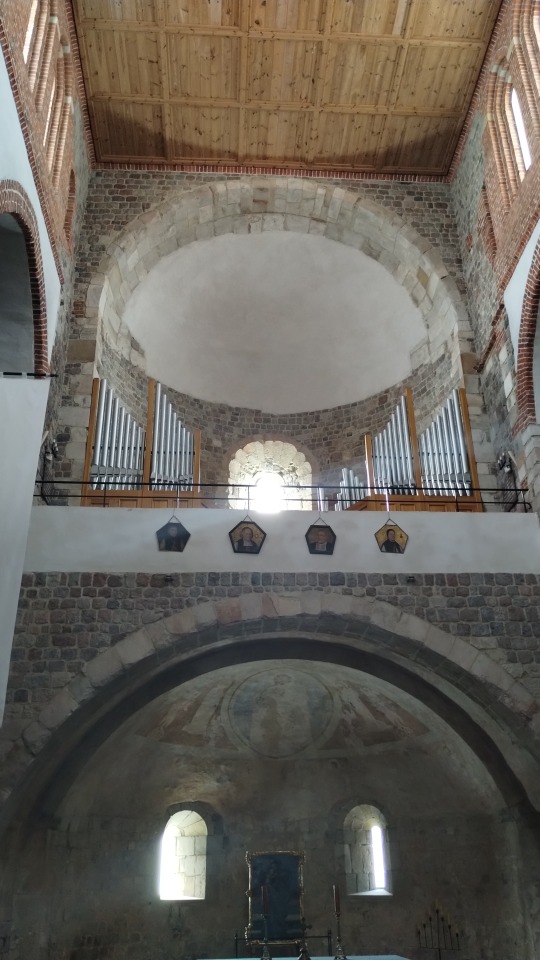
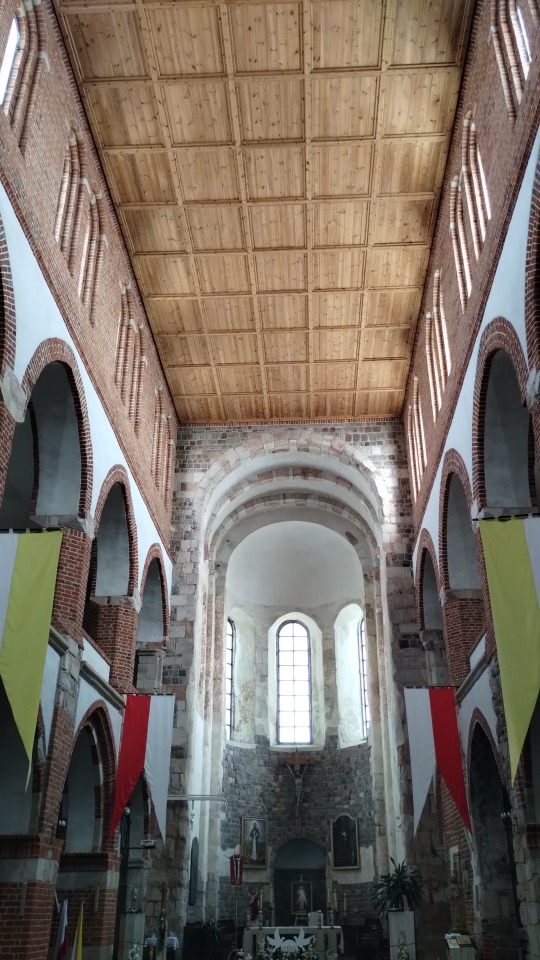
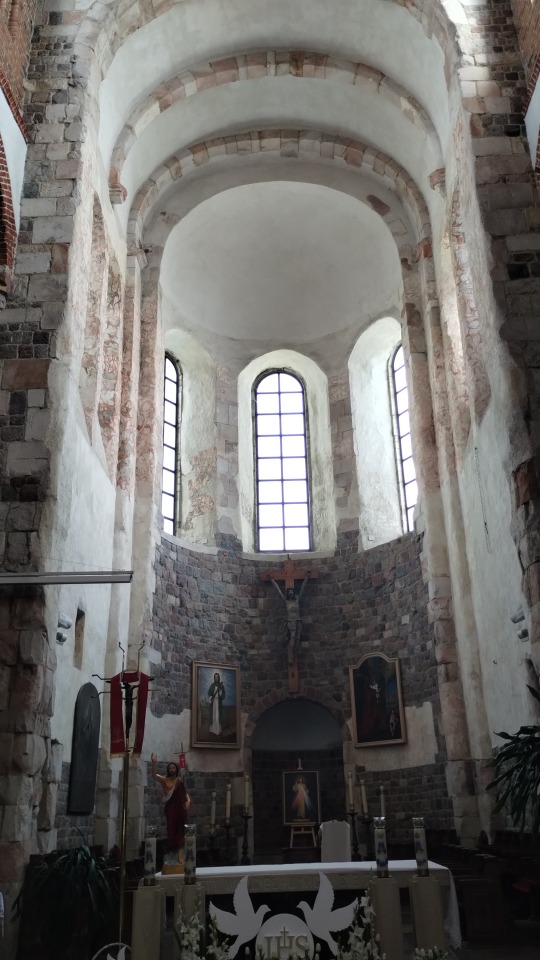

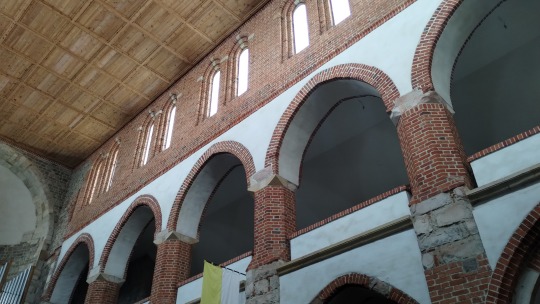
Reminiscencje z Majówki 2024 - Zamek Królewski w Łęczycy lub też Zamek Boruty, rynek, Archikolegiata w Tumie (łódzkie). Kto lubi lub interesuje się diabłami polskimi w kulturze, sztuce i obrzędach lub po prostu chce je zobaczyć znajdzie największą w Polsce kolekcję muzealną diabłów polskich z dwoma salami rzeźb i nie tylko na czele z Borutą ale i Rokitą także, wieloma innymi. W tym moim ulubionym Diabłem Wiatrem, który uwielbia podkasywać przeodziewek wszelaki niewiastom oraz Diabelskim Sejmikiem (diabły na drzewie). A gdy po spacerze wokół zamku, rynku mamy chwilkę czasu obok Łęczycy leży Tum a w nim Archikolegiata Tumska - jedyny w Polsce zabytek romański z XII wieku zachowany w niezmienionym obrysie i formie od wieków.
Zapraszam także do postów z linkami do filmów z Łęczycy i Tumu na YT.
#diabłypolskie#diabełwkulturze#diabełwsztuce#diabeł#boruta#rokita#południca#topielec#dytko#belzebub#zamekłęczyca#łęczyca#tum#archikolegiatatumska#łódzkie
0 notes
Text

light infiltrating the royal castle, łęczyca, may 2012
#fensterfreitag #windowfriday #blackandwhite #monochrome https://pixelfed.de/p/kyonshi/661510609819171193?utm_source=dlvr.it&utm_medium=tumblr
0 notes
Text

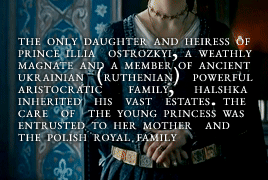


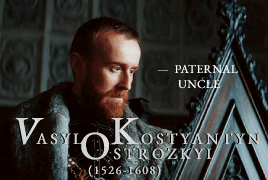
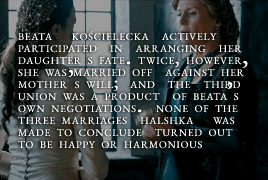

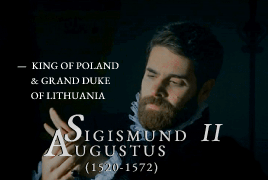
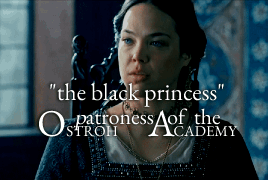
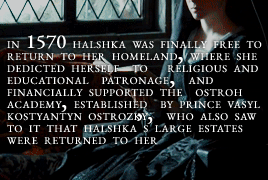
— 19th of NOVEMBER 1539, birth of HALSHKA (Elyzaveta, Elżbieta) OSTROZKA (OSTROGSKA), "the Black Princess"
Born on feast day of St. Elizabeth, she was christened Elżbieta, Elyzaveta, or Halshka (under this latter name she came down into history). Halshka’s father was Prince Illia Ostrozkyi (Ostrogski), a weathly magnate and a member of ancient Ukrainian (Ruthenian) powerful aristocratic family, that traced their origins back to the semi-legendary prince Rurik. The representatives of this family held great offices in the Grand Duchy of Lithuania and the Kingdom of Poland. At the royal court in Krakow, Illia Ostrozkyi met Beata Kościelecka, a notable beaty, and, according to the rumours, an illegitimate daughter of King Sigismund I of Poland. The couple was married in 1538, but their happiness did not last long: Illia was wounded during the tournament, and died soon after, in August 1539. In November Beata gave birth to their only child, a daughter.
According to her father’s will, Halshka stood to inherit half of his vast estates (including the cities of Ostroh and half of Rivne, along with many more), that were to be under her mother’s control until the heiress reached adulthood. Beata was also to keep control of her husband’s younger half brother’s Vasyl’s inheritance. The latter, who was to become powerful magnate and patron of religion and education under the name of Vasyl Kostyantyn Ostrozkyi (Ostrogski), soon took measures to retain the power of his estates his estates and rule them on his own. In his testament, Illia had also entrusted the care of his daughter to the King Sigismund, his wife, Queen Bona Sforza, and their son, Sigismund II Augustus.
Since Halshka was the recipient of such a magnificent inheritance, it soon became a matter of almost national importance to find her a suitable husband. Here, the interests of Lithuanian and Polish nobility also clashed. Suitors, eager for wealth and influence were not slow to appear. Among them were Dymitr Sanguszko, starost of Kaniv, Cherkasy and Zhytomyr, Jan Mielecki, voivode of Podilia, and even, according to a legend, Dmytro Vyshnevetskyi, the famous founder of the first stronghold on the Khortytsya island. Halshka’s uncle, Vasyl Kostyantyn Ostrozkyi, who was gradually growing in power, supported the candidature of Dymitr Sanguszko, while both the King of Poland and Beata Kościelecka were against him. Sanguszko married Halshka all the same, but was soon sentenced to infamy (deprivation of noble status and threat of death sentence if he did not agree to annul his marriage), and murdered.
The next match for Halshka, proposed by the King Sigismund II, was Łukasz Górka, voivode of Poznań, Kalisz, Łęczyca and Brześć Kujawski. Beata Kościelecka had at first agreed to it but later changed her mind towards this marriage. Once again, her protests availed nothing: the wedding took place in the presence of the royal family in Warsaw. Halshka was told that her mother agreed to the marriage, but when she learned that this was not the case, Princess appealed to the royal council to annul it, and fled to Lviv with Beata.
Halshka’s third union was orchestrated by Beata. This time the groom was Prince Siemion Slutski, who, for the sake of conspiracy, had to meet his bride in a monastery disguised as beggar. The couple wed in 1559, but this marriage was also short-lived. Though neither Halshka nor Beata regarded Łukasz Górka as the Princess’s true husband, Górka himself was evidently of different opinion. He rushed to Lviv with arms and took Halshka captive. Prince Siemion Slutski died in 1560. Górka placed Halshka – virtually a prisoner – in the castle of Szamotuły, near Poznań, where she spent fourteen years until his death, isolated from the world. It is said that during her imprisonment Halshka was wearing the black mourning robes, which was why she got nicknamed “the Black Princess”.
After the death of Łukasz Górka in 1573, Halshka Ostozka was finally free and able to return to her homeland. During the reign of Henri Valois as the King of Poland, Halshka’s uncle, Vasyl Kostyantyn Ostrozkyi saw to it that the estates, left to her by her father, were returned to the Princess. The rumours that Halshka has got insane during her confinement in Szamotuły, do not seem to be true, as in her later years she actively participated in the works of patronage, attended court hearings, and financially supported a prominent educational institution – the Ostroh Academy, established by Prince Vasyl Kostyantyn Ostrozkyi. She died in 1582, leaving her estates to Vasyl Kostyantyn.
Halshka Ostozka was said to be a remarkable beauty, but sadly none of her life portraits survived. She is featured in famous painting Kazanie Skargi (Sermon of Piotr Skarga, painted in 1862-64) by Jan Matejko, where Halshka is depicted as a young richly dressed woman, covering her forehead with her hand in sad contemplation; she is placed a little behind Anna Jagiellonka, sister to Sigismund II, and once Queen of Poland.
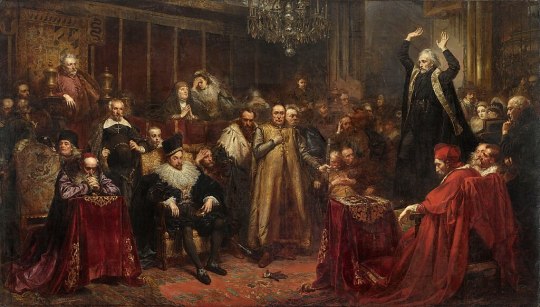
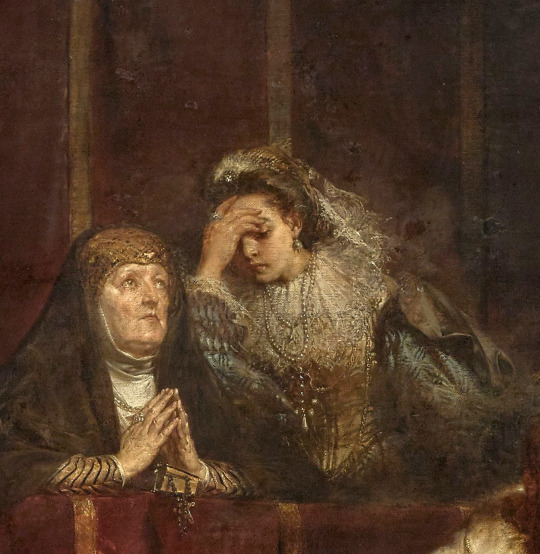

Another renown portrait of Halshka Ostrozka was painted in 1996 by Ukrainian artist Yurii Nikitin, who did a research among the portraits of Ostrozky family. The portrait features a young serious woman with delicate features, dressed in strict black gown, adorned with rich jewels, and a white headwear that covers her hair and neck closely. In her hand she is holding a book – most likely a Holy Scripture.
#historyedit#history#halshka ostrozka#elzbieta ostrogska#ukrainian history#polish history#perioddramaedit#sigismund i of poland#sigismund ii augustus#vasyl kostyantyn ostrozkyi#jan matejko#yurii nikitin#perioddramagif#women in history#weloveperioddrama#gifshistorical#tusereliza#userfefa#perioddramasource#my edit#not to be unhumble but i'm so proud of myself for making this edit
107 notes
·
View notes
Video
youtube
Łęczyca - królewska rezydencja od wieków, najstarszy istniejący gród w P...
0 notes
Text
0 notes
Photo

On the old countryside, Poland. Source: Skansen "Łęczycka Zagroda Chłopska"
99 notes
·
View notes
Text


study of an illustration of the devil boruta by hubert czajkowski from the polish tabletop rpg "dzikie pola"
19 notes
·
View notes
Photo



2 notes
·
View notes
Photo










Listopad minął, liście spadły i zaraz będą Święta. Mimo to wstawiam kilka zdjęć które zrobiłam tej jesieni.
The November passed, leafs fallen down from trees. Natheless I put photos which I took this autumn. I hope you will enjoy them.
2 notes
·
View notes
Video
youtube
Natury dzieła wybrane - Łódź, Nagawki, Łęczyca, Tatanka i Park Krajobraz...
0 notes
Text

• Battle of the Bzura
The Battle of the Bzura (or the Battle of Kutno) was the largest battle of the 1939 German invasion of Poland, fought, between Polish and German forces.
The Polish plan for defense against the German invasion, Plan West, called for the defense of the borders. This was dictated more by political than military concerns, as Poles feared that the Germans, after taking over territories they lost in the Treaty of Versailles, would try to end the war and keep those territories. While defending the borders was riskier, the Poles were counting on the British and French counteroffensive (that never came). Due to this, Army Pomorze under general Władysław Bortnowski found itself in the Polish Corridor, surrounded by German forces on two fronts, and Army Poznań under general Tadeusz Kutrzeba was pushed to the westernmost fringes of the Second Polish Republic, separated both from its primary defensive positions, and from other Polish Armies. The German offensive proved the folly of the border defense plan in the first days of the war. Army Pomorze was defeated in the battle of Bory Tucholskie, and forced to retreat towards the south-east. Army Poznań, meanwhile, although not facing heavy German assaults, was forced to retreat east due to defeats of its neighbours. meaning that Army Poznań was in danger of being flanked and surrounded by the German forces. On September 4th, Army Poznań moved through Poznań and abandoned it to the enemy, although at this point it was not in contact with any significant German forces. By September 6th, Armies Pomorze and Poznań had linked, forming the strongest Polish operational unit in the campaign, and general Bortkowski accepted the command of general Kutrzeba.
On September 7th, Polish forces became aware of the German push towards Łęczyca, which if successful could cut off the retreat route of Polish forces. By September 8th, advanced German troops reached Warsaw, marking the beginning of the siege of Warsaw in 1939. At the same time, German forces had lost contact with Army Poznań, and German command assumed that the army must have been transported by rail to aid Warsaw's defense; they were unaware that in fact Army Poznań had merged forces with Army Pomorze, which they considered, since its defeat at Bory Tucholskie, no longer a significant threat.
Polish forces consisted of Army Poznań and Army Pomorze. German forces included the 8th Army under Johannes Blaskowitz and 10th Army under Walther von Reichenau of Army Group South, elements of the 4th Army under Günther von Kluge of the Army Group North and air support (Luftflotte 1 and Luftflotte 4). The battle can be divided into 3 phases: Phase I, Polish offensive towards Stryków, aiming at the flank of the German 10th Army, Phase II, Polish offensive towards Łowicz, Phase III, German counterattack and eventual defeat of the Poles, with the latter's withdrawal towards Warsaw and Modlin. On the night of September 9th, the Polish Poznań Army commenced a counterattack from the south of the Bzura river, its target being the German forces from the 8th Army advancing between Łęczyca and Łowicz, towards Stryków. The commander of Poznań Army, Tadeusz Kutrzeba noticed that the German 8th Army, was weakly secured from the north by only the 30th Infantry Division stretched over a 30 kilometre defensive line while the rest of the army was advancing towards Warsaw. The main thrust of the Polish offensive were the units under general Edmund Knoll-Kownacki, known as the Knoll-Kownacki Operational Group. The right wing of the offensive, in the area Łęczyce, included the Podolska Cavalry Brigade under Col. L. Strzelecki, and on the left, advancing from Łowicz to the area of Głowno, the Wielkopolska Cavalry Brigade under general Roman Abraham. These groups inflicted considerable losses on the German defenders from the 30th Infantry Division and the 24th Infantry Division, with some 1,500 German soldiers killed or wounded and an additional 3,000 lost as prisoners during the initial push. The cavalry brigades supplemented with TKS and TK-3 reconnaissance tanks moved to threaten the flanks and rear of the advancing German units.
The German forces were thrown back approximately 20 kilometres and the Poles recaptured several towns, including Łęczyca and Piątek, and the village of Góra Świętej Małgorzaty. On September 10th, the Polish 17th Infantry Division met the German 17th Infantry Division at Małachowicze. The following day Polish forces continued their attack, advancing on Modlna, Pludwiny, Osse and Głowno. Initially underestimating the Polish advance, the Germans decided on September 11th, to redirect the main force of the German 10th Army, the German 4th Army, the reserves of the Army Group South, and aircraft from 4th Air Fleet towards the Bzura. These forces included the German 1st Panzer Division, German 4th Panzer Division and the newly formed SS Infantry regiment Leibstandarte Adolf Hitler. German air superiority had a significant impact, making it very costly and difficult for the Poles to move units during the day. The following day the Poles reached the line Stryków-Ozorków. That day General Tadeusz Kutrzeba learned that units of Army Łódź had retreated to the Modlin Fortress, and decided to stop the offensive, instead looking to try to break through Sochaczew and the Kampinos Forest to reach Warsaw. On the morning of September 14th, General Władysław Bortnowski's 26th and 16th Infantry Divisions crossed the Bzura near Łowicz. The Polish 4th Infantry Division reached the road linking Łowicz with Głowno. At this point however, Bortnowski ordered the 26th Infantry Division to retreat. He had learned of the withdrawal of the German 4th Panzer Division from the outskirts of Warsaw, and was concerned that this Panzer division posed a threat to his men.
On the 15th and 16th September, Army Pomorze took up defensive positions on the north bank of the Bzura. General Stanisław Grzmot-Skotnicki's group was between Kutno and Żychlin, General Michał Karaszewicz-Tokarzewski's units near Gąbin, and parts of Army Poznań by the Bzura near Sochaczew, were ready to begin their drive towards Warsaw. To encircle and destroy the Polish forces, the Germans used most of their 10th Army, including two armoured, one motorized, and three light divisions, equipped with some 800 tanks altogether. The attack from all sides on Polish positions started on September 16th, with the support of the Luftwaffe. On September 15th, Poles were forced out of Sochaczew, a town on the Bzura river, and trapped in a triangle of Bzura, Vistula and German forces. The German 1st Panzer Division, after crossing the Bzura between Sochaczew and Brochów and engaging the Polish 25th Infantry Division managed to capture Ruszki, but its advance was then halted. Poles began to cross the Bzura near the Vistula, north of Sochaczew, and retreat towards Warsaw. Polish forces were forced to abandon most of their heavy equipment while crossing the river. On September 17th, German heavy artillery was shelling the crossing north of Brochów, and the largest air operation of the campaign began, with the Luftwaffe attacking the retreating Polish forces. During the night of September 17th, the main forces of Army Poznań attacked the German forces in order to break out of the German encirclement between Witkowice and Sochaczew. The 15th Infantry Division and Podolska Cavalry Brigade again crossed the Bzura in Witkowice. In Brochow, the 25th and 17th Infantry Divisions crossed the Bzura river. The 14th Infantry Division was concentrated in Łaziska. At the same time, Army Pomorze marched towards the villages of Osmolin, Kierozia and Osiek.
In the morning the Germans started their drive towards the south along both banks of the Bzura, supported by more than 300 aircraft and heavy artillery. German howitzers, taking advantage of their position on the high ground of the Vistula's right bank, shelled Polish positions for the entire day. And after two days of heavy fighting, with no ammunition or food rations remaining, further attempts at a breakout for the Poles became impossible. Only a few Polish units managed to break out of the encirclement. These groups entered Warsaw and Modlin, mostly around the 19th and 20th September, crossing the Kampinos Forest, and fighting German units in the area. Among them were Generals Kutrzeba, Knoll-Kowacki and Tokarzewski, two cavalry brigades (Wielkopolska and Podolska) of General Abraham, and the 15th and 25th Infantry Divisions. The remainder (4th, 14th, 17th, 26th and 27th Infantry Divisions), which didn't manage to cross the river, with General Bortnowski, capitulated between the 18th and 22nd of September. Polish casualties were estimated at 20,000 dead, including three generals. German casualties are estimated at 8,000 dead. After the battle the remaining German divisions rushed towards Warsaw and Modlin and soon encircled both. The Bzura campaign ended in defeat for the Poles but because of the initial Polish local successes the German advance on Warsaw was halted for several days. The Wehrmacht was required to divert units from its push towards Warsaw. This enabled the Polish units defending Warsaw and its environs to better organize their own long-term, but ultimately failed, defense of the capital.
#world war 2#wwii#world war ii#history#second world war#military history#german history#polish history#invasion of poland#calvary
79 notes
·
View notes
Photo

Open-air countryside museum in Łęczyca, Poland. Source: Skansen "Łęczycka Zagroda Chłopska"
125 notes
·
View notes
Text
Today we are in my mom's hometown . The main attraction here is castle and Boruta devil. So we are having lunch at Boruta's which is decorated with devil plushies.
3 notes
·
View notes
Photo






Dawno nic nie wrzucałam,czas to nadrobić ^^. Tym razem kilka zdjęć macro, które zrobiłam na łęczyckich łąkach testując lampę pierścieniową. Kto wie co to za owady?
I haven’t add any new post for a while, it is time ti fix it ^^. This time some macro photos which I made at meadows of Łęczyca while I was testing the ring-light. Who knows which insects can be seen in the photos?
0 notes
